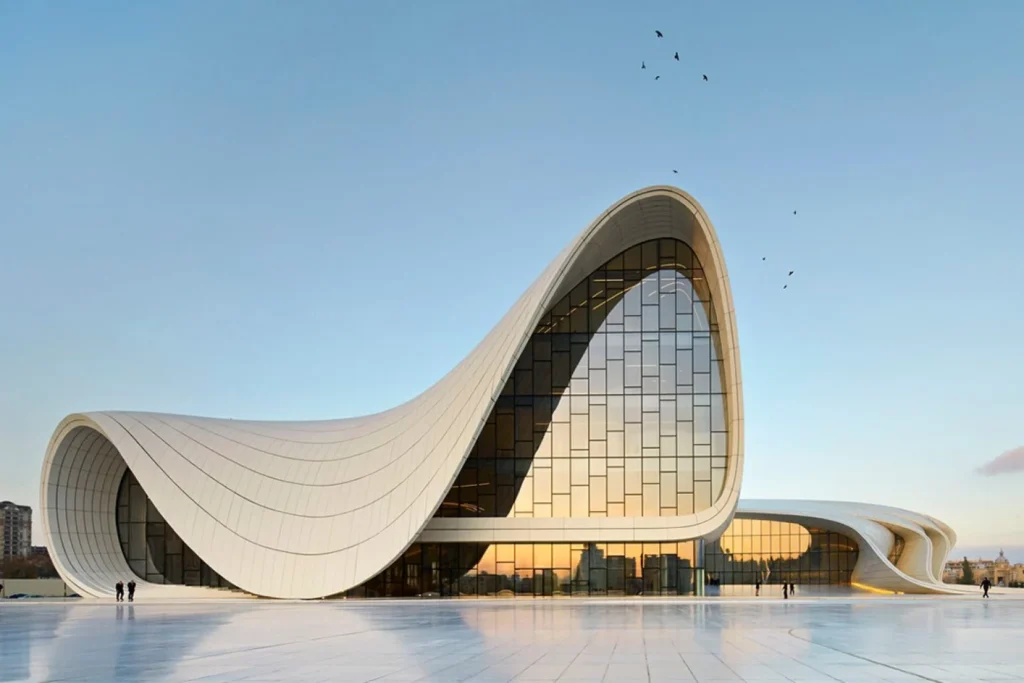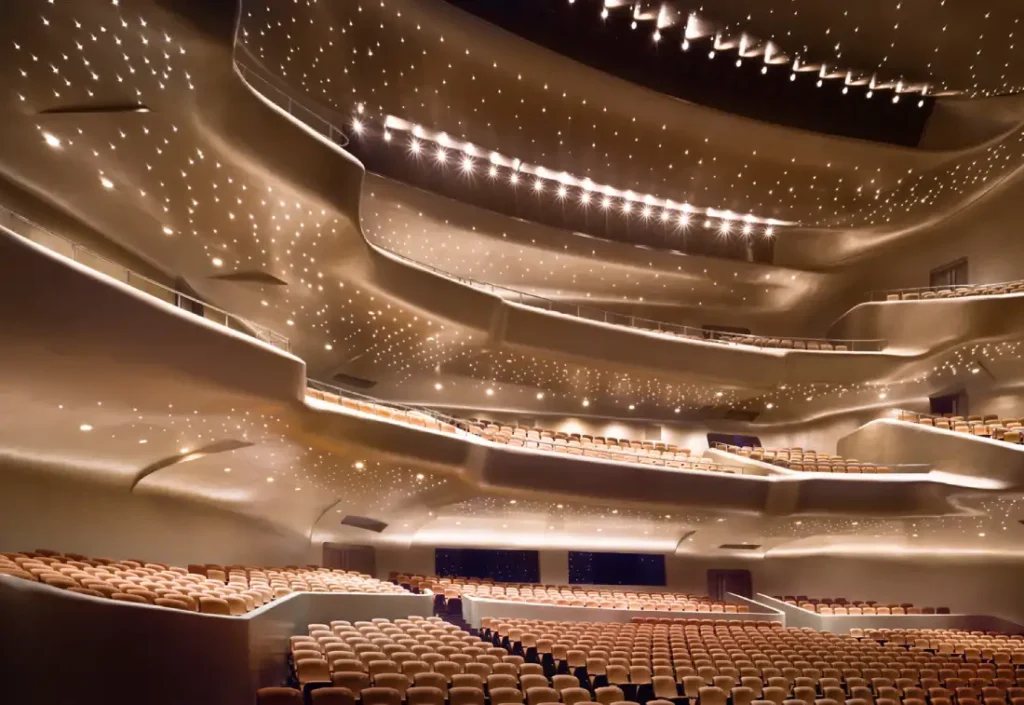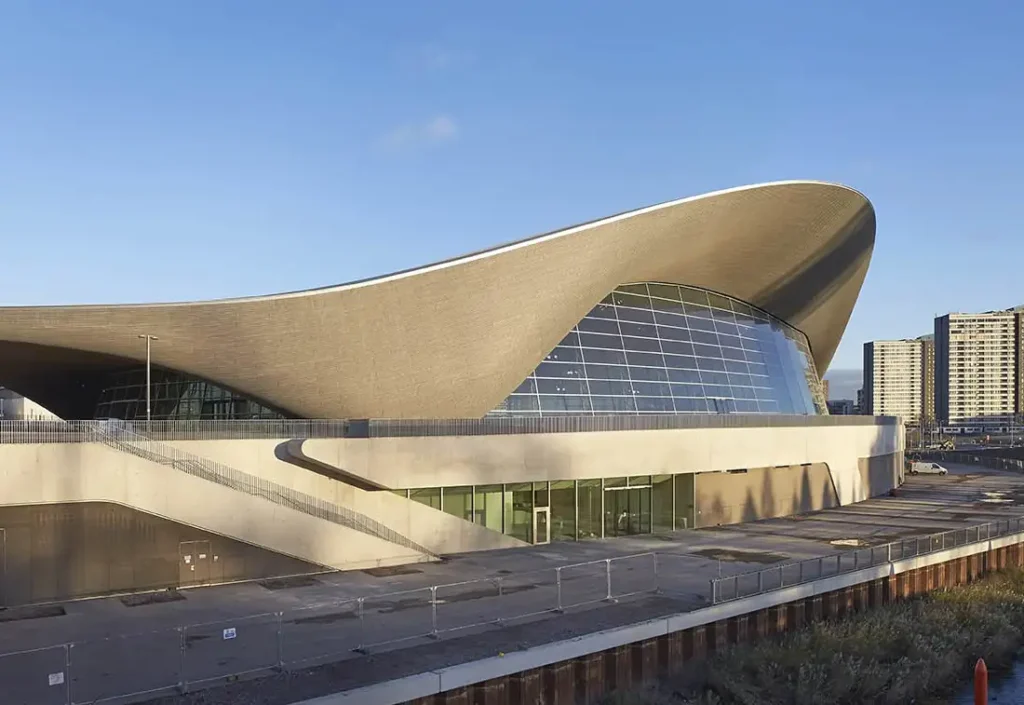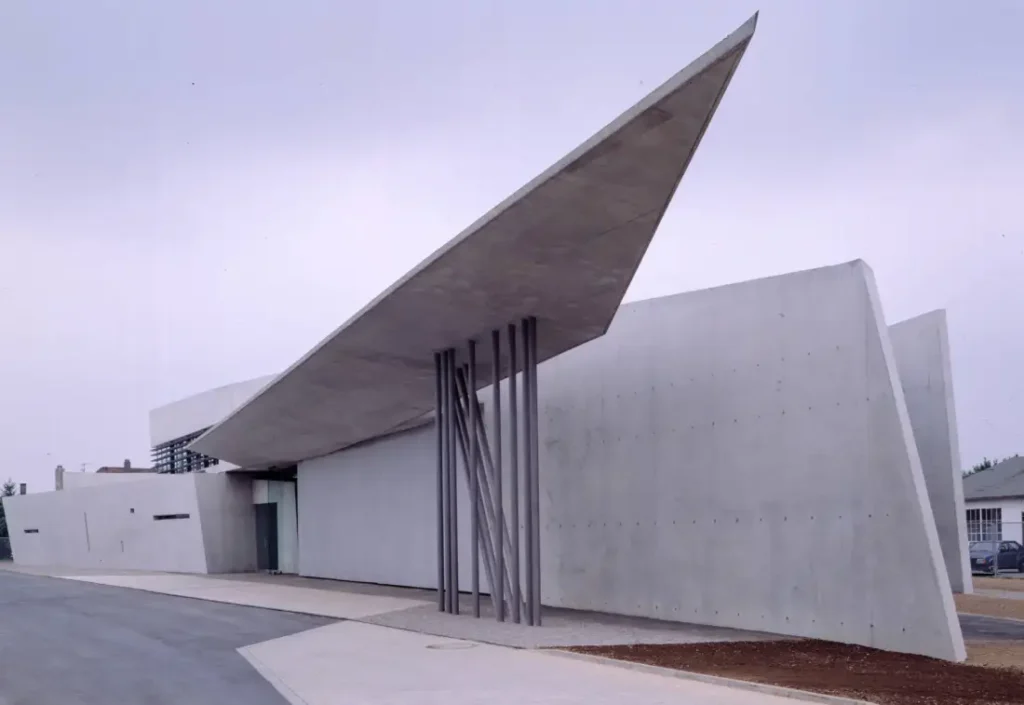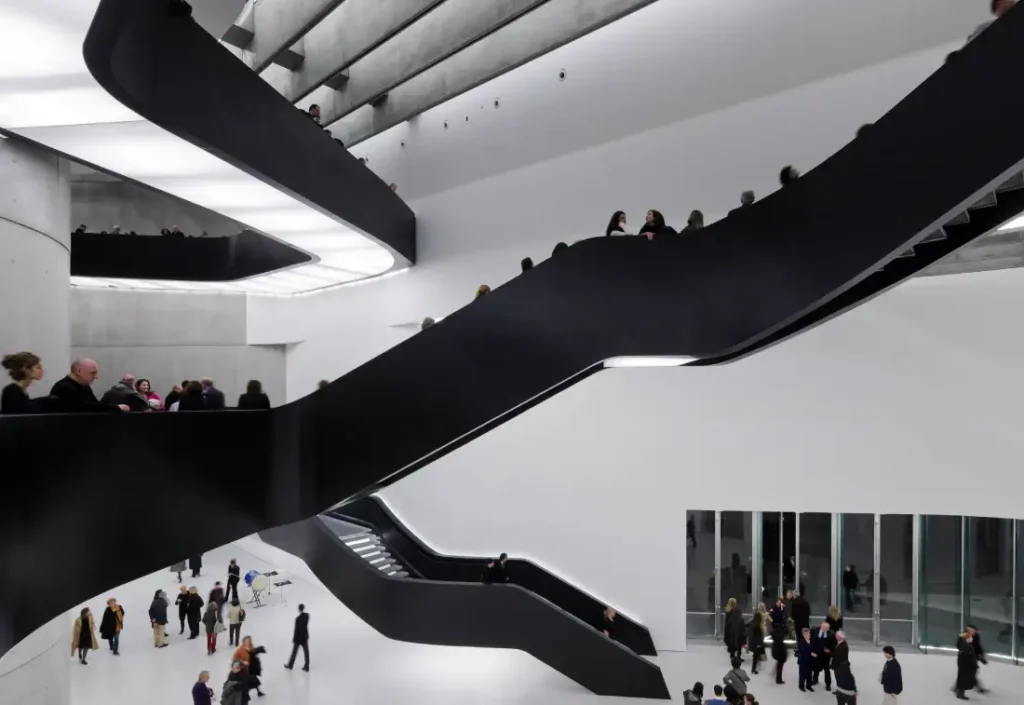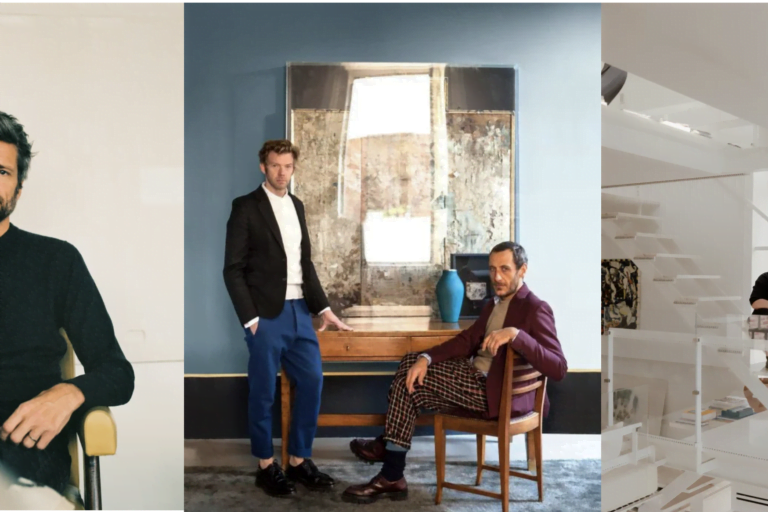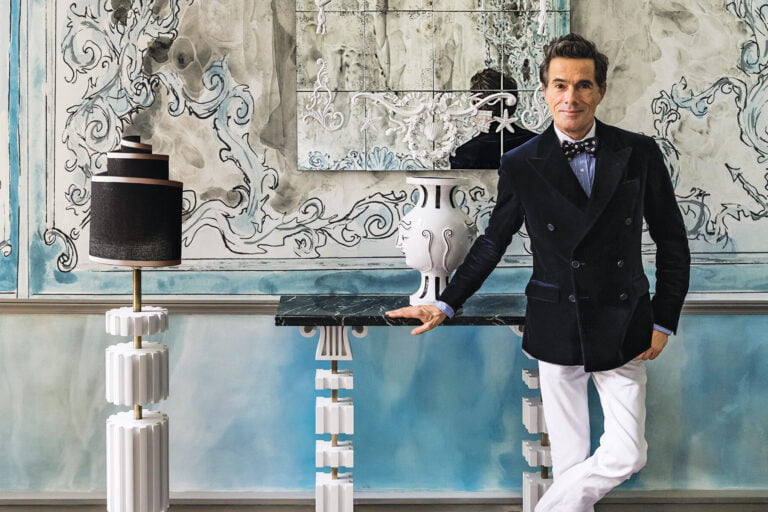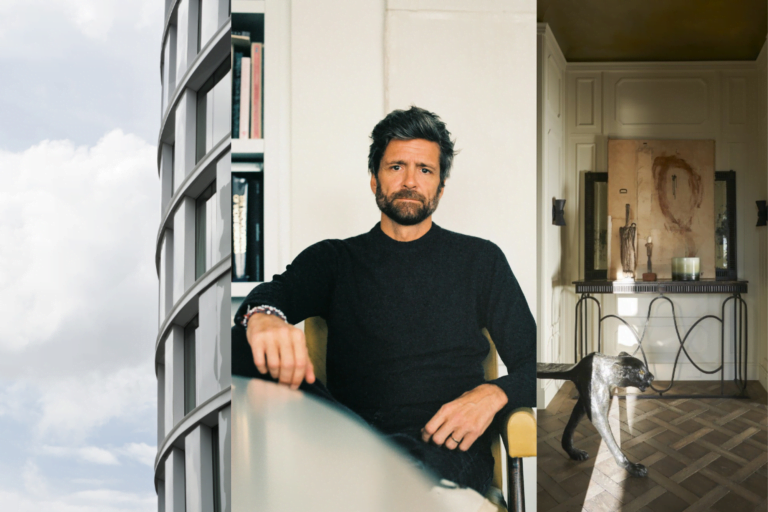In a world where architecture is a canvas for innovation and creativity, Zaha Hadid’s name stands out like a beacon of brilliance. Dive into the fascinating world of this iconic architect, and discover how her groundbreaking designs have reshaped the architectural landscape.
The Early Years
In the heart of Baghdad, Iraq, where the Tigris River weaves stories of ancient civilizations, Zaha Hadid’s journey commenced. Born on October 31, 1950, in a city steeped in history, her early years laid the foundation for a visionary architect destined to redefine the world of design.
Childhood Whispers of Inspiration
In the vibrant tapestry of Baghdad, young Zaha found inspiration in the rich cultural heritage surrounding her. The ancient mosques, bustling markets, and the labyrinthine streets became her playground, sparking an early curiosity for the intersection of space and form.
The Influence of Iraqi Architecture
Immersed in the architectural marvels of Iraq, Zaha’s childhood was infused with the essence of Mesopotamian and Islamic designs. The intricate patterns, domes, and arches imprinted on her young mind would later find expression in her groundbreaking architectural language.
Academic Pursuits: Nurturing the Seedling Passion
Zaha’s educational journey blossomed at the Architectural Association School of Architecture in London. As a student, she immersed herself in the avant-garde atmosphere of the 1970s, a period ripe with experimentation and the questioning of traditional norms.
Breaking Boundaries at the Architectural Association
Amidst a backdrop of cultural shifts and emerging design philosophies, Zaha Hadid thrived. Her work at the Architectural Association caught the eye of both peers and mentors, showcasing early signs of the bold, unapologetic approach that would become her trademark.
The Spark of Rebellion
During her formative years, Zaha found herself drawn to the radical and unconventional. The 1970s were a crucible of ideas, and Zaha emerged from this cauldron with a determination to challenge the status quo.
Questioning Architectural Conventions
Zaha’s early designs questioned the conventions of architecture, hinting at a rebellion against established norms. Her thesis project, “Malevich’s Tektonik,” foreshadowed the dynamic and fluid architectural language she would later pioneer.
Influences and Mentors
Behind every great architect is a tapestry of influences and mentors. Zaha Hadid’s early career was shaped not only by formal education but also by encounters with architects who shared her passion for pushing boundaries.
Rem Koolhaas and the OMA Connection
An influential chapter in Zaha’s early career was her stint with the Office for Metropolitan Architecture (OMA) led by Rem Koolhaas. This collaboration provided a fertile ground for ideas, fostering a creative exchange that fueled Zaha’s evolving design philosophy.
Architectural Trailblazer
Breaking the Glass Ceiling
In the late 1970s and early 1980s, the architectural realm was characterized by a noticeable gender disparity. Undeterred by the prevailing norms, Zaha Hadid stepped into this male-dominated arena with a vision that transcended gender boundaries.
Pioneering Amidst Prejudice
Zaha’s early projects faced skepticism and resistance, not solely due to their avant-garde nature but also because of her gender. Yet, it was precisely this adversity that fueled her determination to push the boundaries and challenge preconceived notions.
A Visionary Unleashed
Zaha’s architectural voice resonated with a revolutionary fervor. Her designs, characterized by fluid lines and daring geometries, were a departure from the conventional. The Vitra Fire Station in Germany, completed in 1993, stands as a testament to her fearless pursuit of innovation.
Vitra Fire Station: A Manifesto of Innovation
The Vitra Fire Station, with its dynamic angles and fragmented forms, marked a turning point in Zaha’s career. It was not merely a functional structure but a manifesto announcing her arrival as a force to be reckoned with—a visionary who refused to conform.
Zaha Hadid’s trailblazing spirit earned her the title of a “starchitect,” a term reserved for architects whose work transcends the realm of buildings, becoming iconic symbols of innovation. Her rise to prominence in the architectural world was meteoric.
The Guggenheim Hermitage Museum: St. Petersburg, Russia
The Guggenheim Hermitage Museum, designed by Zaha Hadid, stands as a beacon of her architectural prowess. The fluidity of the structure harmonizes with the historical context, creating a dialogue between the old and the new.
Zaha Hadid’s influence extended far beyond her British roots. Her architectural footprint is imprinted on various continents, with projects that redefine skylines and challenge the conventional notions of space.
Guangzhou Opera House: A Symphony in Steel and Concrete
The Guangzhou Opera House in China is a testament to Zaha Hadid’s global impact. The building’s undulating form mirrors the nearby Pearl River, creating a visual symphony that blends nature with architectural ingenuity.
Fluidity in Design
At the core of Zaha Hadid’s design philosophy is the idea of flow—spaces that seamlessly connect, lines that gracefully curve, and forms that evoke a sense of movement. This fluidity is not just aesthetic; it’s a deliberate choice to create an immersive experience for the occupants.
Organic Lines and Dynamic Forms
Zaha’s designs often mimic the organic lines found in nature. The sinuous curves and unexpected angles create a sense of continuity, blurring the lines between the built environment and the natural world. This approach is evident in projects like the London Aquatics Centre, where the fluidity of the roof mirrors the movement of water.
Contrary to the perception that fluid designs sacrifice functionality, Zaha Hadid’s creations are a harmonious blend of form and purpose. Each curve, each slope serves a functional role, enhancing the user experience and challenging the notion that aesthetics must compromise utility.
Heydar Aliyev Center: Where Form Meets Function
The Heydar Aliyev Center in Baku, Azerbaijan, is a prime example of Zaha’s commitment to functional fluidity. The building’s undulating, continuous surfaces not only create a breathtaking visual impact but also eliminate the need for traditional columns and supports, maximizing the usable space within.
Zaha Hadid’s designs often appear to defy the laws of gravity. The play with cantilevers, the suspension of disbelief in the face of seemingly impossible structures—these elements contribute to an otherworldly quality that distinguishes her work.
Maxxi National Museum of 21st Century Arts: Rome, Italy
In Rome, the Maxxi Museum showcases Zaha’s ability to challenge gravity. The interplay of suspended staircases and floating elements creates a sense of weightlessness, inviting visitors to question the boundaries between art and architecture.
Iconic Structures
Zaha Hadid’s architectural journey is marked by a collection of masterpieces that transcend the ordinary and redefine the very fabric of our built environment. Each structure is a testament to her visionary spirit, pushing the boundaries of design and leaving an indelible mark on the architectural skyline.
The Heydar Aliyev Center: Baku, Azerbaijan
A fluid, sweeping masterpiece that defies gravity and convention, the Heydar Aliyev Center stands as an iconic symbol of Zaha Hadid’s architectural brilliance. The undulating curves of the building create a sense of continuity, erasing the lines between walls and roof. The absence of traditional columns inside allows for a vast, open interior, challenging the norms of interior space.
Key Features:
- Fluid, continuous surfaces
- Elimination of conventional interior supports
- A harmonious blend of form and function
The Guangzhou Opera House: Guangzhou, China
In the heart of Guangzhou, Zaha Hadid’s design prowess comes to life in the form of the Guangzhou Opera House. A poetic dance of asymmetrical curves and sharp angles, this architectural gem harmonizes with the surrounding landscape, mirroring the flow of the nearby Pearl River. The building is not merely a performance venue but a work of art that invites visitors to explore its dynamic exterior and experience the fluidity within.
Key Features:
- Dynamic, asymmetrical design
- Integration with the natural surroundings
- Theatricality in both form and function
London Aquatics Centre: London, United Kingdom
The London Aquatics Centre, born from the iconic 2012 Olympic Games, is a tribute to Zaha Hadid’s ability to infuse movement into static structures. The roof’s wave-like form captures the essence of water in motion, providing a visual spectacle that complements the aquatic events it hosts. It is a living example of how architecture can tell a story and evoke emotions.
Key Features:
- Wave-inspired roof design
- Symbolic integration with aquatic events
- A dynamic narrative through architecture
Vitra Fire Station: Weil am Rhein, Germany
A manifesto of innovation, the Vitra Fire Station in Germany encapsulates Zaha Hadid’s early vision of dynamic architecture. Asymmetrical, angular, and devoid of right angles, this structure is a stark departure from conventional fire station designs. Zaha’s approach here was not just about function but about challenging perceptions and pushing the boundaries of what a building could be.
Key Features:
- Asymmetrical and angular design
- Deconstruction of traditional fire station aesthetics
- A pioneering example of Zaha’s fearless innovation
The Maxxi National Museum of 21st Century Arts: Rome, Italy
Rome’s Maxxi Museum is a testament to Zaha Hadid’s ability to blend the old with the new. The museum’s fluid lines and bold geometries coexist with the historical context, creating a dialogue between past and present. The interior spaces, characterized by unexpected angles and perspectives, invite visitors to embark on a journey of discovery.
Key Features:
- Integration with historical context
- Unexpected angles and perspectives
- A transformative experience within the museum’s spaces
Challenges and Triumphs
In the early stages of her career, Zaha encountered financial constraints that could have stifled the dreams of a lesser visionary. Designing avant-garde structures often required substantial resources, and securing funding for unconventional projects posed a formidable challenge. However, rather than succumbing to limitations, Zaha transformed financial constraints into an opportunity for creative problem-solving.
Triumph Over Adversity: Zaha Hadid’s ability to secure financial backing for her projects showcased not only her persuasive acumen but also her unwavering belief in the transformative power of her designs. Each financial hurdle became a stepping stone toward realizing her architectural visions.
Legacy in Architecture
Zaha Hadid’s impact on architecture extends beyond the structures she created. Through her trailblazing journey, she became an inspiration for aspiring architects, particularly women, demonstrating that determination, creativity, and resilience could break down barriers.
Educational Initiatives: Zaha’s commitment to education and mentorship further solidified her legacy. Her influence continues to resonate in architecture schools and workshops, where students draw inspiration from her innovative spirit.
Dive into the ripple effect of Zaha Hadid’s influence on contemporary architects and the ways in which her innovative spirit continues to shape the future of architecture.
